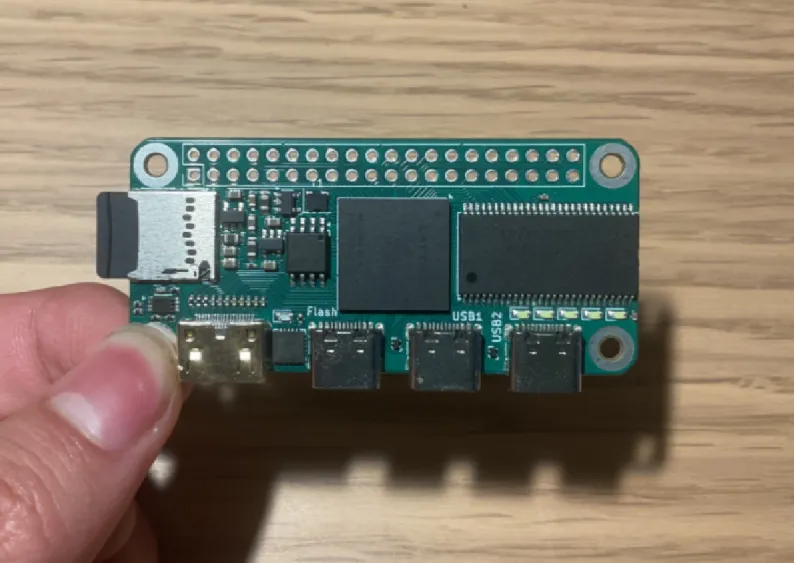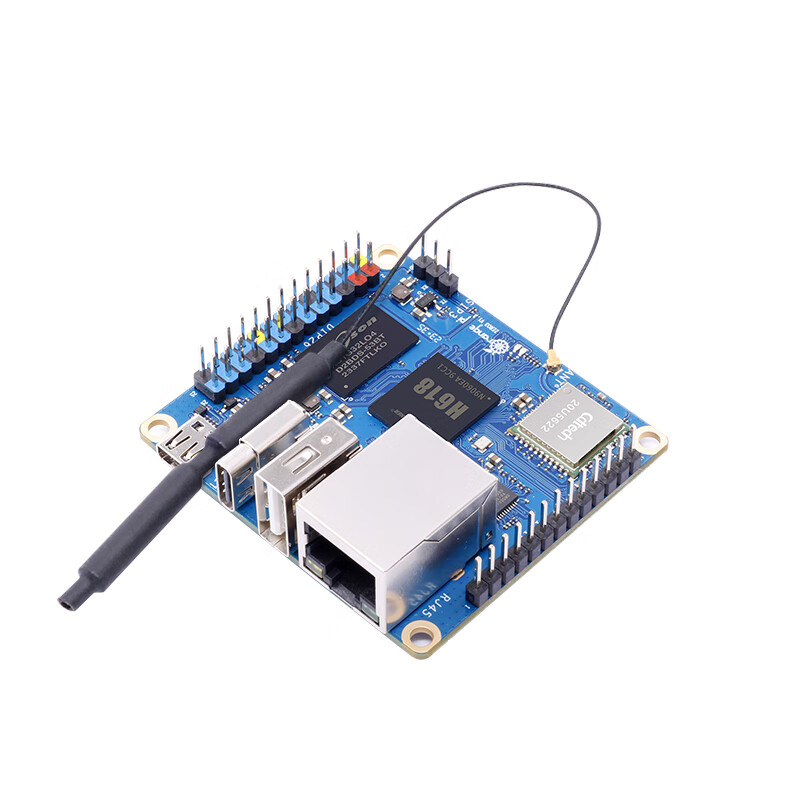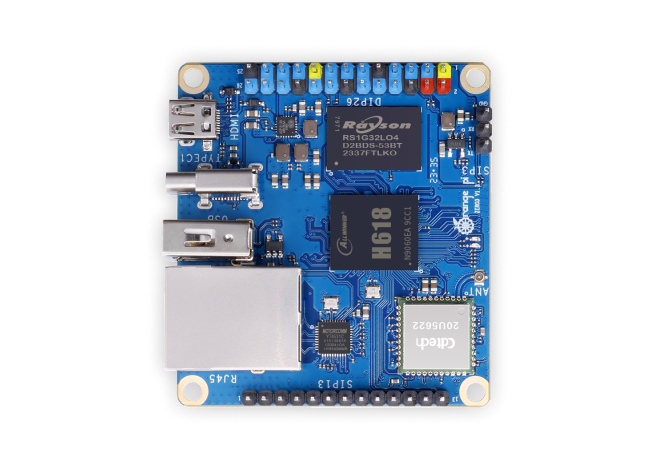I. Introduction
PT100 and PT10.noita00 are both popular resistance temperature detectors (RTDs) used for temperature measurement. Their accuracy can vary depending on different temperature environments. Understanding these differences is crucial for selecting the most suitable sensor for a specific application.
II. Basic Principles of PT100 and PT1000
PT100 and PT1000 are based on the principle that the electrical resistance of platinum changes linearly with temperature. A PT100 has a resistance of 100 ohms at 0°C, while a PT1000 has a resistance of 1000 ohms at 0°C. This difference in base resistance affects their performance in different temperature conditions.
III. Accuracy in Low - Temperature Environments
A. PT100 in Low - Temperature Conditions
In low - temperature environments, such as in cryogenic applications where temperatures can drop to - 200°C or lower, the accuracy of a PT100 can be affected. The lower resistance of the PT100 at 0°C means that the absolute change in resistance for a given temperature change is relatively small. This can make it more difficult to measure small temperature variations accurately. Additionally, the effects of lead resistance and electrical noise can have a more significant impact on the measurement accuracy of the PT100 in low - temperature conditions.
B. PT1000 in Low - Temperature Conditions
The PT1000, with its higher base resistance, offers better accuracy in low - temperature environments. The larger resistance change for a given temperature change provides a stronger signal, which is less susceptible to the influence of lead resistance and electrical noise. As a result, it can detect smaller temperature differences more accurately in low - temperature applications, such as in the monitoring of liquefied gas storage.
IV. Accuracy in Medium - Temperature Environments
A. PT100 in Medium - Temperature Ranges
In medium - temperature environments, typically ranging from - 50°C to 200°C, the PT100 is widely used and can provide satisfactory accuracy. The well - established calibration standards and the relatively stable performance of the platinum element make it a reliable choice. However, for applications that require extremely high precision, the PT100 may have limitations due to its lower sensitivity compared to the PT1000.
B. PT1000 in Medium - Temperature Ranges
The PT1000 also performs well in medium - temperature ranges. Its higher sensitivity allows for more precise temperature measurement, especially in applications where small temperature changes need to be detected, such as in some industrial manufacturing processes where temperature control is critical for product quality.
V. Accuracy in High - Temperature Environments
A. PT100 in High - Temperature Conditions
In high - temperature environments, above 200°C, the accuracy of the PT100 can be affected by factors such as self - heating and the non - linearity of the platinum resistance - temperature relationship. Self - heating occurs when the current passing through the sensor causes a temperature rise, which can lead to measurement errors. The non - linearity of the platinum resistance - temperature relationship becomes more pronounced at high temperatures, requiring more complex calibration to maintain accuracy.
B. PT1000 in High - Temperature Conditions
Similar to the PT100, the PT1000 also faces challenges in high - temperature environments. However, its higher resistance can result in less self - heating for the same current, which may provide a slight advantage in terms of accuracy. Additionally, advanced calibration techniques can be used to compensate for the non - linearity of both sensors at high temperatures.
VI. Influence of Measurement Circuits and External Factors
A. Measurement Circuits
The accuracy of both PT100 and PT1000 is also affected by the measurement circuits used. A well - designed measurement circuit can minimize the effects of lead resistance, electrical noise, and other factors. For example, using a 4 - wire measurement circuit can significantly improve the accuracy of both sensors by eliminating the influence of lead resistance.
B. External Factors
External factors such as humidity, vibration, and electromagnetic interference can also impact the accuracy of both sensors. In harsh environments, proper protection and shielding are necessary to ensure accurate temperature measurement.






